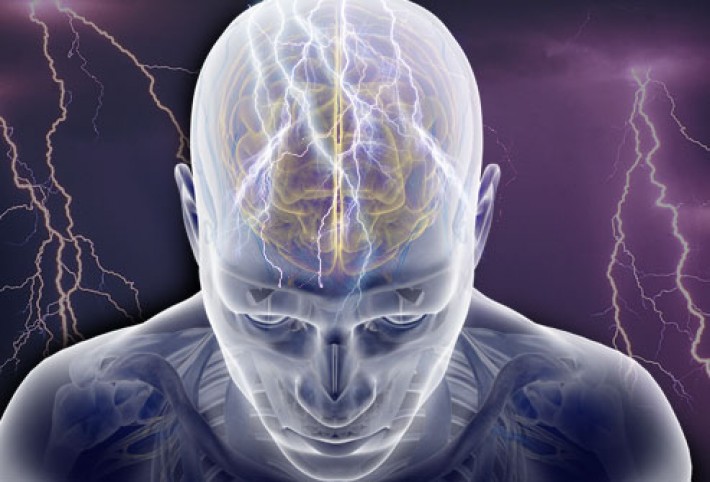
Without electricity, you wouldn’t be reading this article right now. And it’s not because your computer wouldn’t work. It’s because your brain wouldn’t work.
Everything we do is controlled and enabled by electrical signals running through our bodies. As we learned in intro physics, everything is made up of atoms, and atoms are made up of protons, neutrons and electrons. Protons have a positive charge, neutrons have a neutral charge, and electrons have a negative charge. When these charges are out of balance, an atom becomes either positively or negatively charged. The switch between one type of charge and the other allows electrons to flow from one atom to another. This flow of electrons, or a negative charge, is what we call electricity. Since our bodies are huge masses of atoms, we can generate electricity
When we talk about the nervous system sending “signals” to the brain, or synapses “firing,” or the brain telling our hands to contract around a door handle, what we’re talking about is electricity carrying messages between point A and point B. It’s sort of like the digital cable signal carrying 1s and 0s that deliver “Law & Order.” Except in our bodies, electrons aren’t flowing along a wire; instead, an electrical charge is jumping from one cell to the next until it reaches its destination.
Electricity is a key to survival. Electrical signals are fast. They allow for a nearly instantaneous response to control messages. If our bodies relied entirely on, say, the movement of chemicals to tell our hearts to speed up when something is chasing us, we probably would’ve died out a long time ago.
Those crucial signals that tell our hearts to speed up when we’re in danger come from a mass of cells in our heart called the sinoatrial node, or SA node. It’s located in the right atrium, and it controls the rhythm of our heartbeat and the movement of blood from the heart to every other part of our body. It’s our body’s natural pacemaker, and it uses electrical signals to set the pace (see what determines the rhythm of your heart?). But our pulse isn’t the only thing that relies on electrical impulses generated by our cells. Almost all of our cells are capable of generating electricity.
In this article, we’ll look at the role of electricity in the body and find out how we generate it in the first place.
The starting point is simple: Right now, any cells in your body that aren’t actively sending messages are slightly negatively charged. It gets interesting from there.
Read more:
http://science.howstuffworks.com/life/human-biology/human-body-make-electricity.htm



